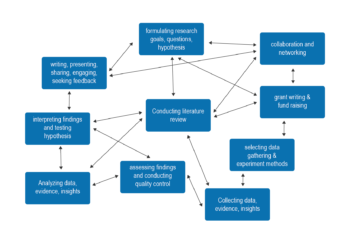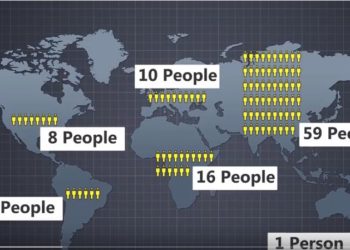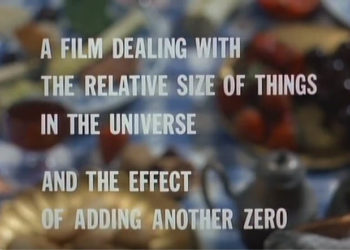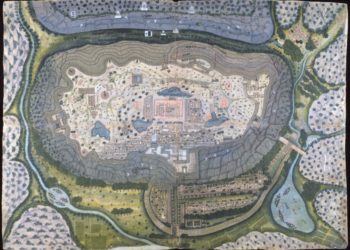The visualization of complex datasets has been something of a fascination dating back to my time as a researcher in a bioimaging laboratory. There, the works of Edward Tufte were considered required reading. One of the more interesting projects happening involved the visual display of complicated sets of MRI data using impressionist painting strokes. So I’m always on the lookout for interesting ways to show complex results in a clear and understandable manner.
The video below looks at a complex set of data — where do each of the 52 cards in a deck go when they are shuffled and offers a compelling visualization based on a computer model. There’s also an examination of the efficacy of other shuffling methods. Beatles fans will be sad to learn that the “Liverpool Shuffle” from A Hard Day’s Night is not included in the dataset.



